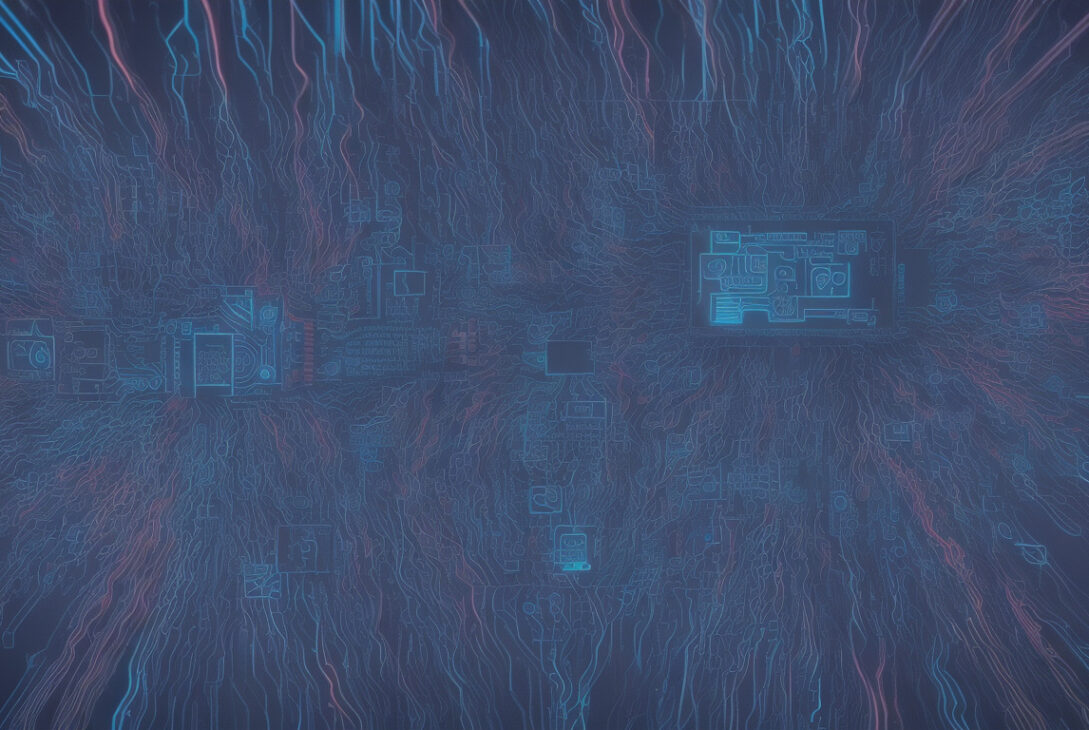Love in the Age of WhatsApp: A Philosopher Explores How Technology Diminishes the Power of Relationships
By Tony Milligan, King’s College London
In today’s world, romantic relationships increasingly unfold through screens—whether via dating app swipes, WhatsApp messages, or FaceTime calls. As technology mediates more of our interactions, it raises profound questions about the nature of love and connection in the digital age. Tony Milligan, a philosopher specializing in the ethics of love at King’s College London, examines how this technological distance impacts the power and authenticity of romantic relationships.
The Persistent Role of Distance in Love
A sense of distance has historically been woven into the experience of romantic love. Whether due to work, travel, or other circumstances, being apart from a loved one has always formed part of our emotional landscape. Milligan explains that despite the physical separation, love can endure and even deepen. Longing for another person does not necessarily dissipate simply because of distance.
However, the modern era complicates this dynamic. The interposition of digital technologies introduces new challenges to intimacy and trust. “When technology mediates contact, it can deepen familiar doubts about love,” Milligan writes. We may question whether the person on the other end is authentic or truly invested, or if the connection is only surface-level—a “pleasing response” rather than sincere emotion.
Real Physical Presence Versus Digital Interaction
Milligan is clear that while love maintained through technology alone is not impossible, it carries significant limitations. The difference between interacting online and being physically together is critical. For example, Milligan shares from his personal experience separated from his wife Suzanne. Their conversations via FaceTime or WhatsApp are meaningful but fundamentally distinct from being reunited in shared physical spaces—places that constitute an essential foundation of a couple’s life together.
Philosophical discourse on love, Milligan notes, often neglects how central shared places are to understanding romantic relationships. Love is not just about emotional connection but also involves inhabiting common spaces—homes, familiar environments—that hold symbolic and practical importance. Excessive mediation through technology risks reducing these connections to something “second-rate.”
Why Some Kinds of Love Are ‘Better’
This perspective aligns with historical philosophical views, including those of Plato, who suggested some forms of love are superior because they more fully meet human needs and improve life quality. Contemporary neuroscience supports this, showing that romantic and parental love activate the brain’s reward and attachment systems more intensely than other forms of affection, such as the love for pets.
Moreover, love is not infinitely malleable; it has social and evolutionary roots. Milligan argues that our human “creatureliness” means love requires a physical dimension—it is not a ghostly connection that can thrive solely in cyberspace. Across cultures and epochs, tales of love have emphasized loss and longing tied to physical absence, demonstrating the importance of presence and place.
The Limits of Technology in Romantic Love
While technology enables sustaining relationships over distance and can deepen bonds during separation, it cannot fully substitute for actual physical togetherness. Milligan cautions against the notion that a predominantly remote relationship or one with a virtual or holographic partner can ever equal the depth and fulfillment of being with a real person in shared environments.
This assertion may be unpopular but insists on acknowledging that:
- Not all forms of love are equal in their capacity to satisfy human emotional and physical needs.
- Technologies have inherent limits in how well they can mediate or replace the most meaningful romantic relationships.
Maintaining Connection with an Eye on Return
Despite these concerns, Milligan embraces technology’s role in modern relationships as a bridge rather than a replacement. He warmly acknowledges how he and his wife use texting, emojis, and video calls while separated by oceans. Yet, these digital interactions carry an implicit promise—the hope of returning to shared places and physical proximity where the full power of their love can be experienced.
As Milligan concludes, “Using technologies when separated by great distances is not a substitute for sharing these places. It is a way of saying that we are coming home.”
Tony Milligan’s reflections invite us to consider carefully how we navigate love in an age dominated by digital communication tools. While technology is an invaluable facilitator, it is the physical presence and shared spaces between partners that ultimately sustain the fullest, most powerful forms of human love.
This article originally appeared on The Conversation UK.










